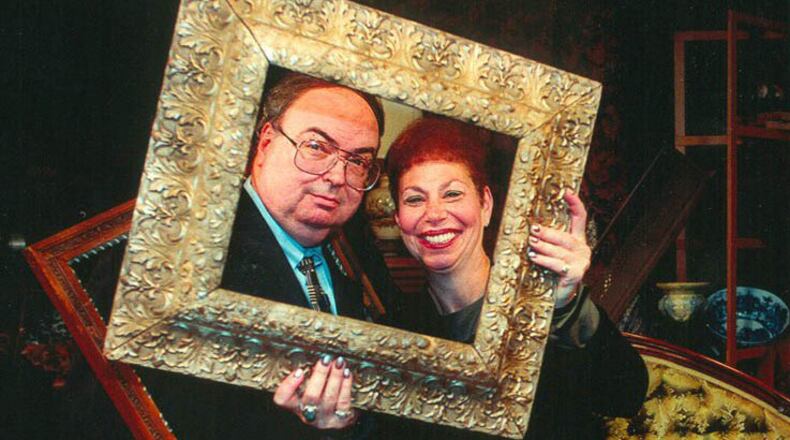Dear Helaine and Joe:
My brother and I remember growing up outside of Boston 75 years ago, and this table has always been part of our lives. When my mother passed away 25 years ago I wanted “mommy’s table.” I have watched the various antiques shows by the score and have never seen anything quite like it. I know nothing about it and there are no identifying marks. We grew up very blue collar and I find it difficult to believe we had anything expensive in the house. I would appreciate your thoughts.
Regards,
S. S.
Dear S. S.:
To be blunt up front, this table would have cost a proverbial pretty penny when it was new.
There is absolutely no argument about the table being a finely made piece. It is a piece made in a very high style that was first popular when George II (1683-1760) was king of England, and the maker did not pull any decorative punches.
It is a mahogany table — a state of being that is often belittled by current sophisticates as being merely “brown furniture.” This rude dismissal overlooks the fineness of the material from which the piece was made and disdains noticing the elegant elements that went into the construction.
Pieces such as this one are known as tripod tables because of their three-legged base. The example in today’s question has a most desirable look (to many) and has all the bells and whistles that should be on such a table. There is, for example, a serpentine top with a pierced gallery edge that is very elegant.
The top tilts by means of what is called a birdcage mechanism, which often can be found on good 18th century tables. And there is a lever under the table that allows the top to tilt and fold relatively flat so it can be pushed up against a wall and be out of the way when not in use. When the tabletop was down and in its locked position, it was used for serving tea.
The columnar shaft, which supports the tabletop, has extensive pierced carvings with birds’ heads and other fancy embellishments that would have been very chic and urbane in the 18th century. The base of the tripod has acanthus leaves carved into the knees, and the legs terminate in very stylish paw feet.
If this were a period piece — which it most definitely is not — dating from the latter half of the 18th century (1760-1780), its value would have been in the $10,000 to $15,000 range, even in the current depressed market. The table belonging to S. S. is essentially a reproduction, but a very fine reproduction and is now approaching antique status in its own right, and may indeed be slightly over 100 years old at the present moment.
Even with the market being more than a bit down on “brown furniture” at the present moment, this circa 1910 piece has an insurance replacement value in the $1,500 to $2,000 range because of its highly decorative carvings and great condition.
———
Helaine Fendelman and Joe Rosson have written a number of books on antiques. Do you have an item you'd like to know more about? Contact them at Joe Rosson, 2504 Seymour Ave., Knoxville, TN 37917, or email them at treasures@knology.net. If you'd like your question to be considered for their column, please include a high-resolution photo of the subject, which must be in focus, with your inquiry.
About the Author
Keep Reading
The Latest
Featured


